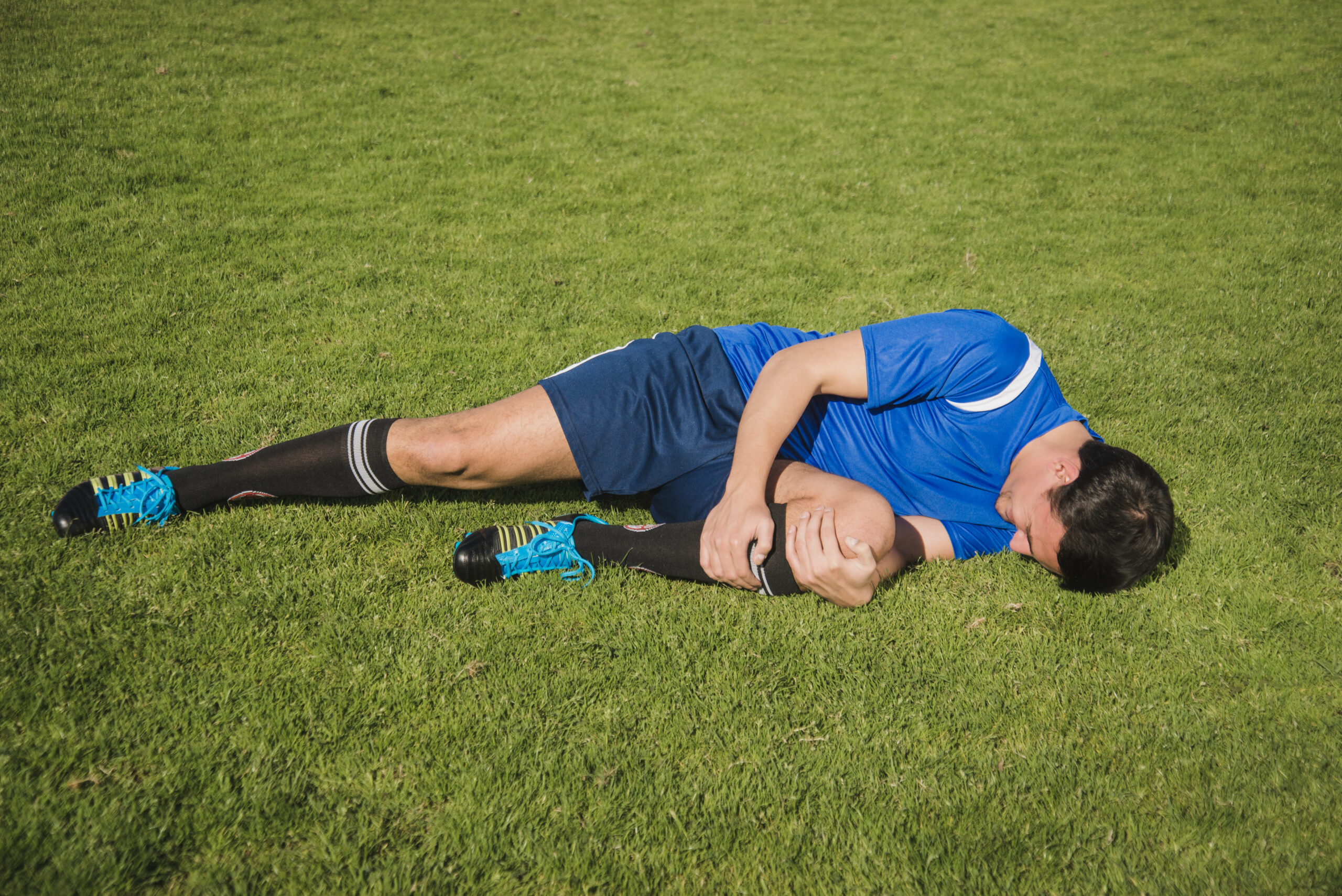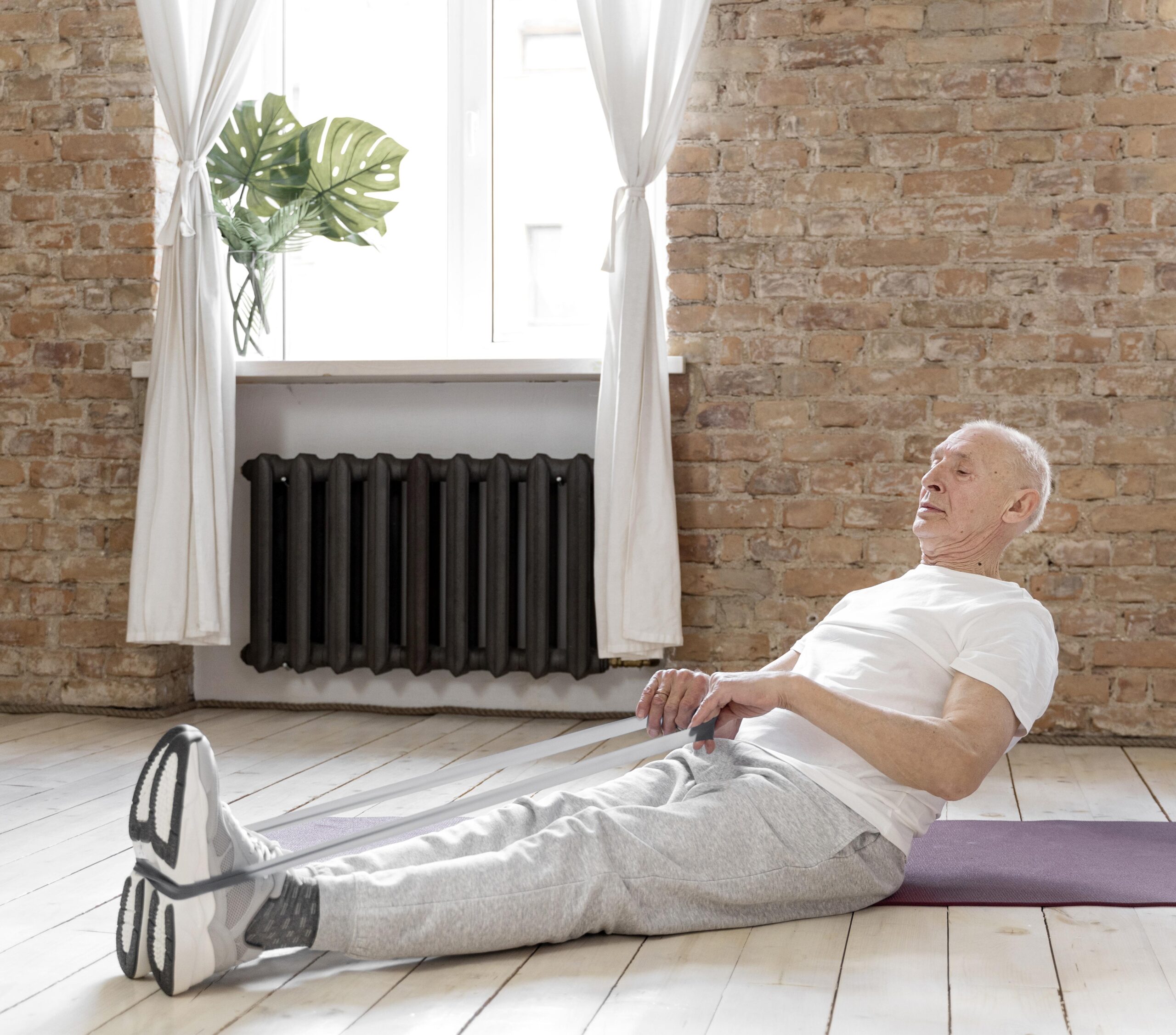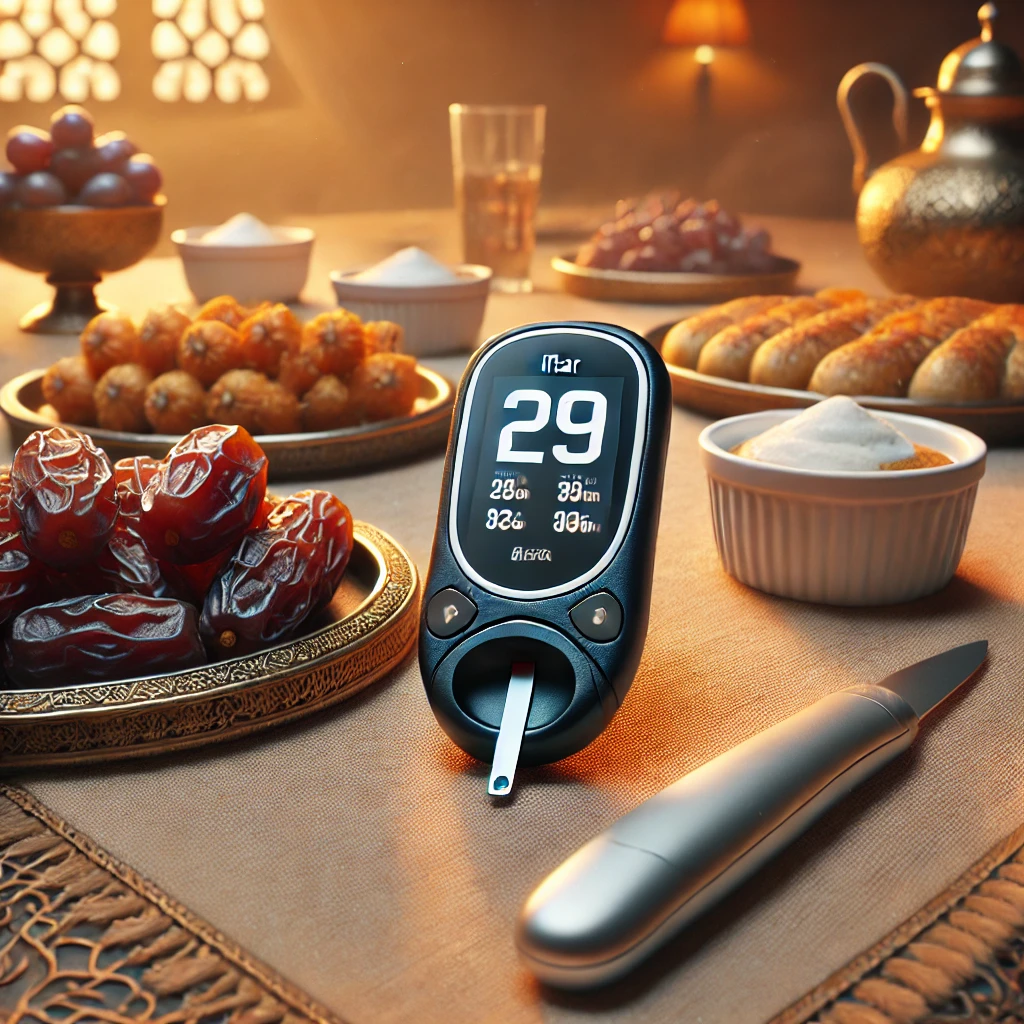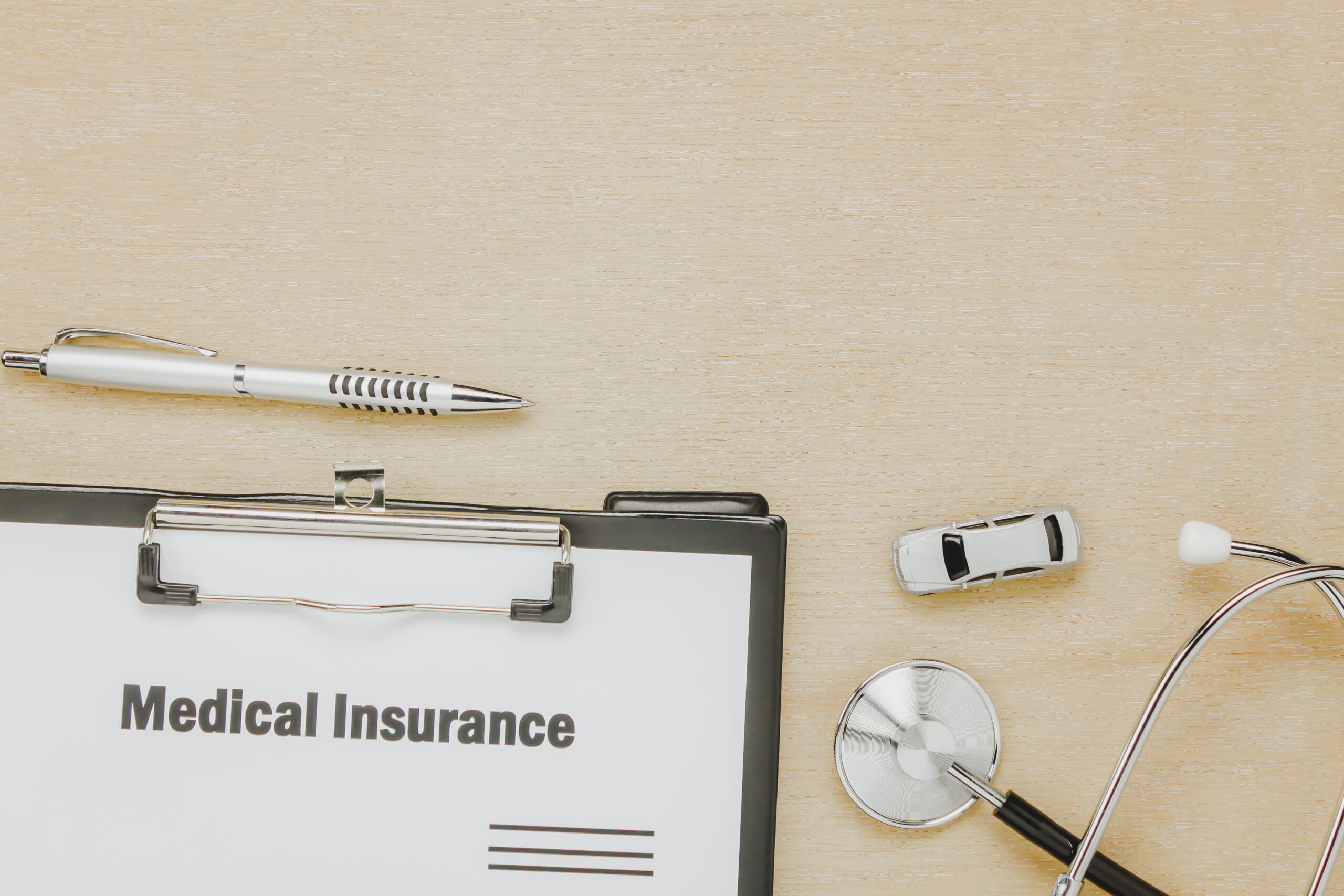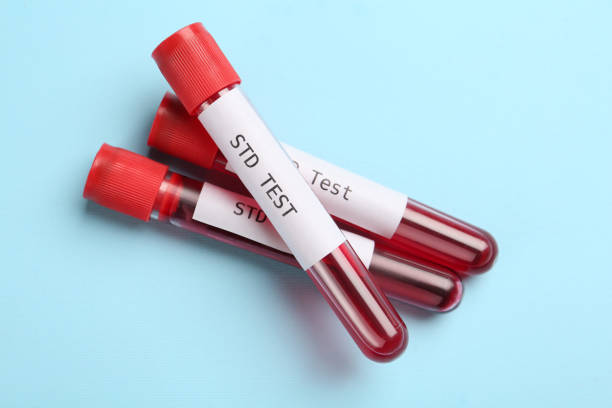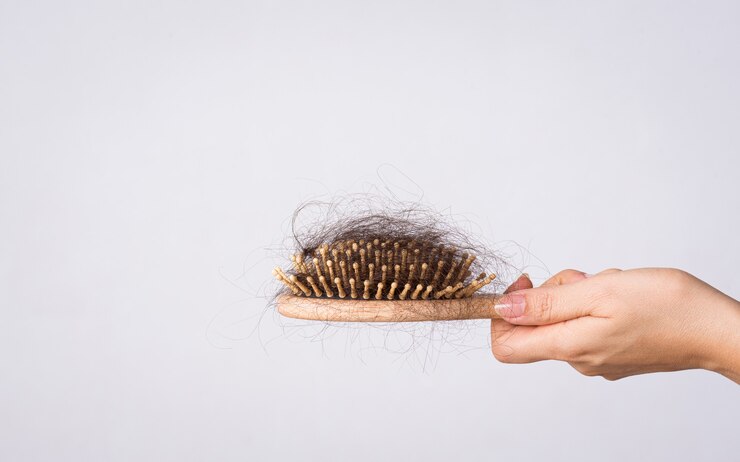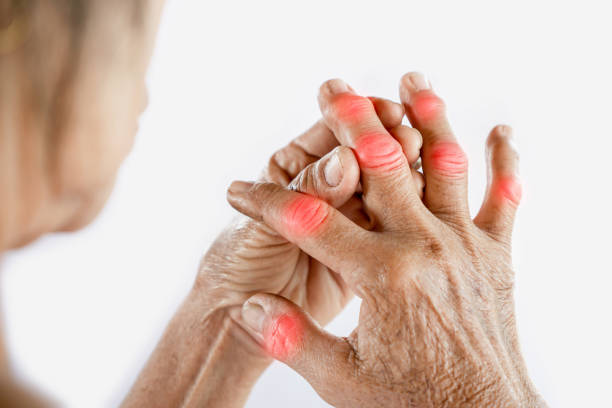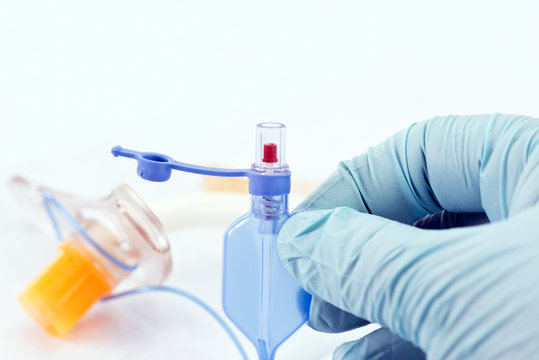
Fasting During Pregnancy: Safety, Guidelines & Religious Considerations
Pregnancy is a time when your body needs extra care and proper nutrition. If you are thinking about fasting, whether for religious reasons or personal choice, it is important to understand the possible risks and safety measures.
While some women may be able to fast safely with proper guidance, others may face health risks that require medical attention.
Read on to find out how fasting can affect both you and your baby. Also learn about useful tips for safe fasting and highlights when it’s better to avoid fasting altogether. With expert advice and tips, you can make informed choices that support your health and your baby’s growth.
Is Fasting Safe for Pregnant Women?
The safety of fasting during pregnancy varies based on individual health conditions, the type and duration of fasting, and the stage of pregnancy. It’s crucial for pregnant women to consult with healthcare providers before undertaking any form of fasting.
Effects of Fasting on Pregnancy & Baby’s Health
Research indicates that fasting during pregnancy can lead to changes in maternal metabolism, which may affect fetal growth and development. Potential effects include reduced birth weight and altered nutrient availability to the fetus. However, outcomes can vary, and more research is needed to draw definitive conclusions.
Risks & When to Avoid Fasting While Pregnant
Pregnant women with certain health conditions should avoid fasting. These conditions include:
- Gestational Diabetes: Fasting can lead to unstable blood sugar levels, posing risks to both mother and baby.
- Hypertension: Fasting may exacerbate high blood pressure, increasing the risk of complications.
- Nutritional Deficiencies: Fasting can worsen existing deficiencies, affecting fetal development.
It’s essential to consult a healthcare provider to assess individual risks before deciding to fast.
When to Stop Fasting During Pregnancy
Pregnant women should discontinue fasting if they experience:
- Dizziness or Fainting: Indicates low blood sugar or dehydration.
- Reduced Fetal Movement: May signal distress in the baby.
- Severe Fatigue or Weakness: Suggests inadequate nutrient intake.
Monitoring one’s health and promptly addressing concerning symptoms is vital during fasting periods.
Fasting in Different Stages of Pregnancy
The impact of fasting can vary across the different trimesters of pregnancy.
Fasting During the First Trimester – Is It Safe?
The first trimester is crucial for fetal development, with significant organ formation occurring during this period. Fasting may pose risks due to increased nutritional needs. Therefore, it’s generally advisable to avoid fasting during the first trimester.
Fasting in the Second Trimester – Considerations & Risks
During the second trimester, some women may consider fasting. However, it’s essential to ensure adequate nutrient intake to support continued fetal growth. Close monitoring and consultation with a healthcare provider are recommended.
Fasting in the Third Trimester – What Experts Say
In the third trimester, the baby’s growth accelerates, increasing the mother’s nutritional requirements. Fasting during this period may lead to complications such as preterm labor or low birth weight. Experts typically advise against fasting in the final trimester.
Types of Fasting & Pregnancy Considerations
Different fasting methods have varying implications for pregnant women.
Fasting During Ramadan While Pregnant
Observing Ramadan involves fasting from dawn to sunset. Pregnant women are often exempt from this practice, but some may choose to participate. It’s crucial to consult with a healthcare provider to ensure the safety of both mother and baby during Ramadan fasting.
Intermittent Fasting for Pregnant Women – Safe or Not?
Intermittent fasting, which involves alternating periods of eating and fasting, is generally not recommended during pregnancy. This practice can lead to inadequate nutrient intake, affecting fetal development.
Water Fasting & Pregnancy – Risks & Benefits
Water fasting, where only water is consumed, poses significant risks during pregnancy, including dehydration and nutrient deficiencies. Pregnant women should avoid water fasting to ensure proper nutrition and hydration.
Health & Nutrition Tips for Pregnant Women While Fasting
For those who choose to fast during pregnancy, adhering to specific guidelines can help maintain health.
How to Maintain Energy Levels While Fasting
- Balanced Meals: Consume nutrient-dense foods during non-fasting periods to sustain energy.
- Frequent Small Meals: Eating smaller, more frequent meals can help maintain blood sugar levels.
- Rest: Ensure adequate rest to conserve energy.
Best Foods to Eat for Suhoor & Iftar When Pregnant
- Suhoor (Pre-Dawn Meal): Include complex carbohydrates, proteins, and fiber-rich foods to provide sustained energy.
- Iftar (Evening Meal): Start with hydrating foods like soups and fruits, followed by balanced meals containing proteins, vegetables, and whole grains.
Hydration & Dealing with Fatigue During Fasting
- Hydration: Drink ample water during non-fasting hours to prevent dehydration.
- Limit Caffeine: Reduce caffeine intake as it can lead to increased urination and dehydration.
- Light Exercise: Engage in gentle activities like walking to boost energy levels without overexertion.
Fasting & Medical Tests During Pregnancy
Certain medical tests during pregnancy require fasting. Understanding these requirements is essential for accurate results.
How Long to Fast for Pregnancy Glucose Test?
The glucose tolerance test, used to screen for gestational diabetes, typically requires fasting for 8-12 hours before the test. Follow your healthcare provider’s instructions for accurate results.
Fasting Blood Sugar Levels During Pregnancy – What’s Normal?
Normal fasting blood sugar levels during pregnancy are generally below 95 mg/dL. Levels above this may indicate gestational diabetes, necessitating further evaluation and management.
Fasting for OGTT in Pregnancy – Important Guidelines
The Oral Glucose Tolerance Test (OGTT) is a crucial diagnostic tool for gestational diabetes. If you’re scheduled for this test, keep these points in mind:
- Fasting Duration: You may need to fast for 8 to 14 hours before the test, as advised by your doctor.
- Water Intake: Plain water is usually allowed, but avoid tea, coffee, or any flavored drinks.
- Meal Planning: Plan your pre-fasting meal with balanced nutrients to prevent discomfort.
Always follow your healthcare provider’s instructions to ensure accurate test results.
FAQs on Fasting & Pregnancy
1. Can I fast while pregnant if I feel healthy?
It depends on your overall health, pregnancy stage, and doctor’s advice. Some women can fast safely, while others may experience complications.
2. What happens if I fast and feel dizzy or weak?
You should break your fast immediately and consume a balanced meal or snack. Dizziness may indicate low blood sugar or dehydration.
3. Is fasting harmful to my baby?
There is no universal answer. Some studies suggest that prolonged fasting can affect fetal growth, while others show minimal impact. It’s best to monitor your baby’s movements and consult your doctor.
4. Are there alternatives to fasting for religious reasons?
Yes, there are alternatives for pregnant women, such as donating food and fasting later after childbirth.
5. How do I know if fasting is safe for me?
Before making a decision, consult a doctor, a home doctor, if you need, or nutritionist who can assess your medical history, weight gain, and baby’s development.
Fasting during pregnancy requires careful planning, awareness, and medical supervision. While some women may fast safely with proper precautions, others may need to avoid it due to health risks. Always prioritize your well-being and your baby’s health when considering fasting. If you’re unsure, seek medical advice to ensure a healthy pregnancy journey.
